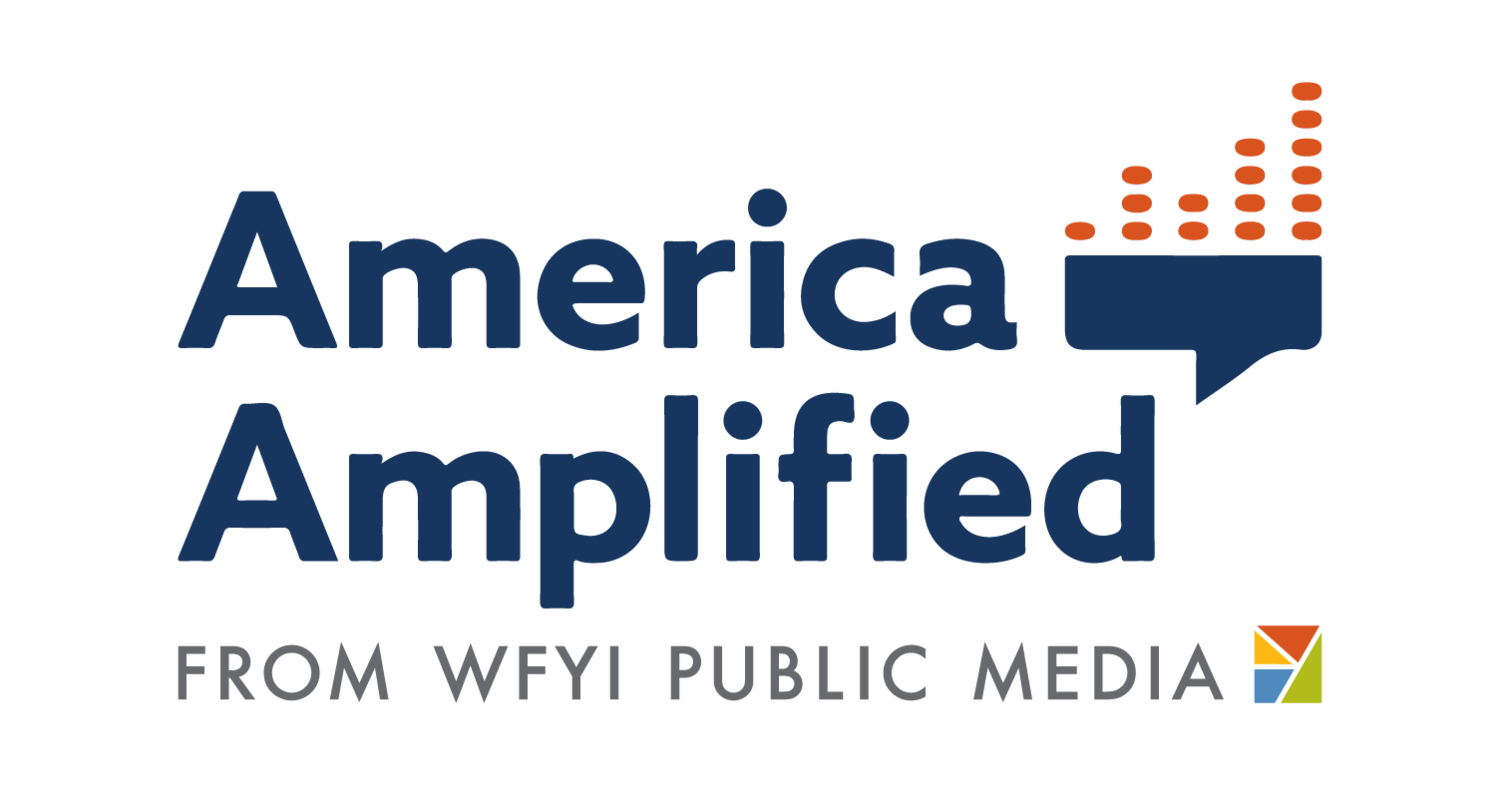Beyond English: Translating content into other languages to reach your whole community
It doesn’t take long for community engagement journalists to realize that we can’t reach our entire community by only providing content in English. But translating content into another language can feel daunting — you probably find yourself asking “which content should I translate? What language should I translate it into? How much will that cost?”. Here’s how we recommend getting started:
Find out what information the community wants. Don’t assume the Spanish-speaking population in your area — for example — wants to read your stories about immigration and DACA. Maybe they do, or maybe they may feel like that’s well-covered by the Spanish media that already exists and are more interested in what’s going on at the Capitol or in schools. You won’t know that if you don’t ask!
Partner with non-English media outlets. Non-English media is growing, and these outlets are doing great work on the stories you may feel like you can’t cover because of staffing or access to the community. By partnering, you could share their stories with your audience and vice-versa. You can even translate their stories into English — this goes both ways!
Nurture community relationships. This isn’t the field of dreams — you’re going to have to help people find you, and you have to make sure you’re meeting people where they are. If the Navajo speaking community doesn’t have reliable broadband, a texting club may be the best way to distribute the content you’re translating into that language. The relationships you build when you start will be key to a) giving you feedback and b) helping you get your content out to their community. Don’t forget about these relationships after your first listening session or survey.
Know what makes a reliable translation. Good translation services make translation a two-step process. First, the story or document is translated, then a second translator/editor who is also a native-language speaker reads the story. If you are doing the translations in-house, make sure there’s a native-language speaker who can be a second pair of eyes. If you are contracting for translation services, make sure they follow this two-step process.
Make airing content in other languages part of your strategy. Yes, bilingual content can go on your broadcast! Many multilingual communities are composed of different generations with different levels of language acquisition: Grandparents speak and read Spanish, for instance, but grandkids may prefer to get their news in English on Instagram. Consider publishing in both languages or be truly revolutionary and consider Spanglish - a combination of English and Spanish that has worked well for ¿Qué Pasa, Midwest?, for instance!


